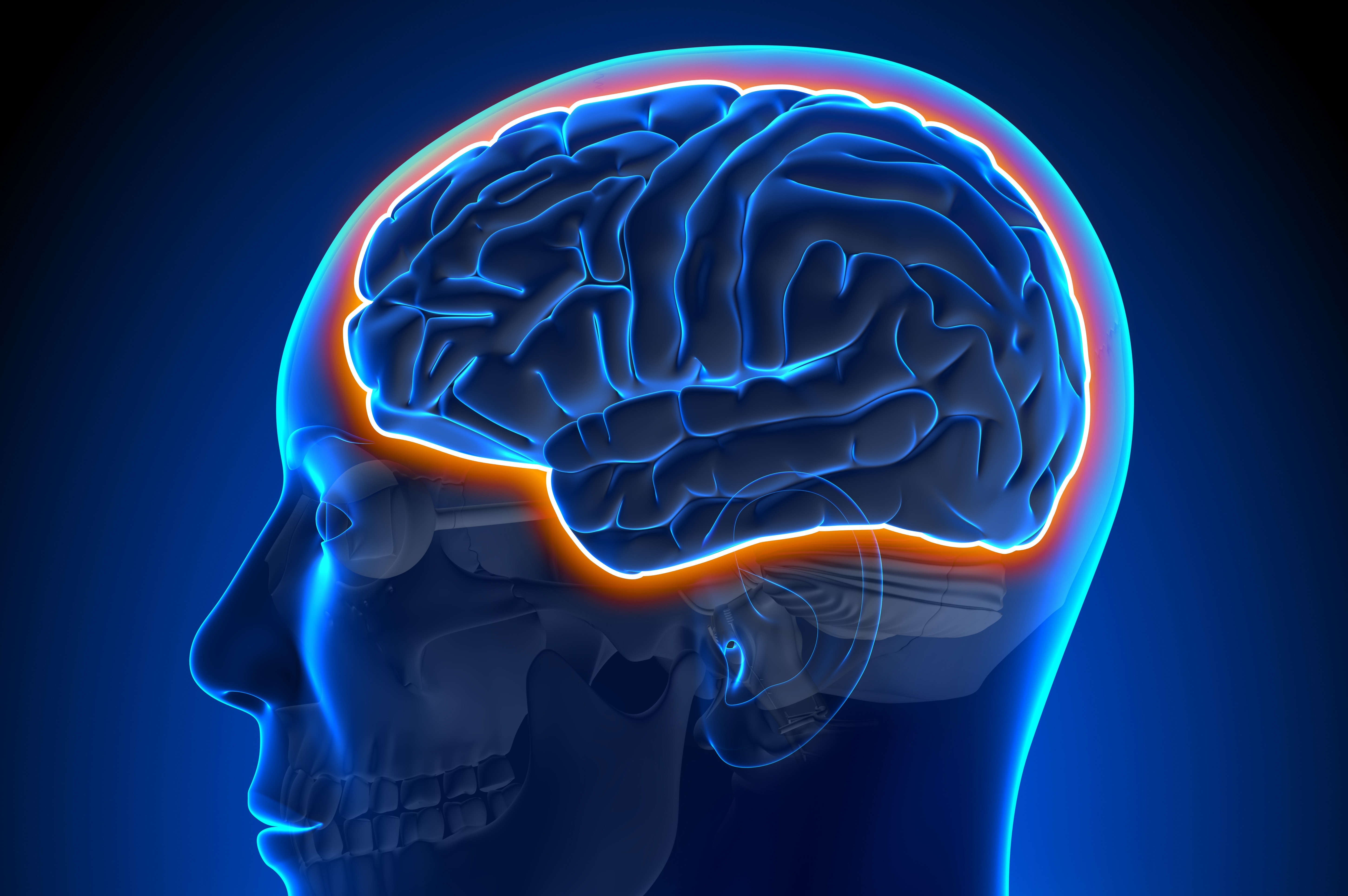
Background
Blood-brain barrier (BBB) disruption may be the key mechanism leading to neuronal dysfunction in neurological and psychiatric disorders including multiple sclerosis (MS), Parkinson's (PD), Alzheimer's (AD), bipolar, autism, schizophrenia and epilepsy. Existing approaches to measure BBB integrity often involves toxic exogenous contrast agents and requires ionizing radiation. Their sensitivity is very limited to detect the subtle BBB disruption in most psychiatric diseases. Therefore, a capability of non-invasive in vivo mapping of BBB integrity in human patients is of high clinical significance.
Technology
Inventors at Stony Brook University (SBU) have developed a novel magnetic resonance imaging (MRI) based acquisition and post-processing protocol, Intrinsic Diffusivity Encoding of Arterial Labeled Spins (IDEALS), that would enable clinicians to non-invasively map BBB water permeability with full brain coverage. The IDEALS protocol has been successfully utilized to detect BBB abnormality in patients with multiple sclerosis and patients with major depressive disorders.
Advantages
- Direct measurement of BBB water permeability, the most sensitive assessment of BBB disfunction in all neurological and psychiatric disorders - MRI-based non-invasive without any toxic contrast - Directly quantify BBB water extraction fraction (Ew) and water permeability surface area product, the first clinically feasible approach after 15O-PET - Post-processing software package is closely linked with MRI pulse sequence design; Easy to enforce patent protection
Application
- Health Care - Diagnostics - Emergency Medicine - Monitoring drug efficacy in clinical trial
Inventors
Xiang He, Assistant Professor, Radiology
Licensing Contact
Valery Matthys, Licensing Associate, Intellectual Property Partners, valery.matthys@stonybrook.edu,
Patent Status
Patent application submitted
US Provisional Patent Application Filed
Tech Id
050-9006
